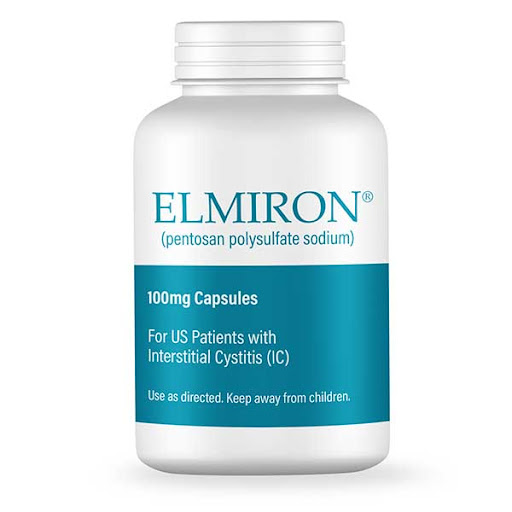 |
|
Regular OCT imaging and long-term follow-up is crucial for ensuring the eye health of patients who are currently taking or who have taken pentosan polysulfate sodium. Photo: Elmiron. OD. Click image to enlarge. |
For patients with bladder discomfort related to interstitial cystitis, their pain relief may come at the cost of their retinal health. Pentosan polysulfate sodium (PPS) is the only approved treatment for this bladder ailment but recent research has linked it to maculopathy. A new study published this month in Retina examined the effects of PPS after drug cessation and found that stopping the drug doesn’t necessarily stop the damage.
In the retrospective study, researchers used OCT to assess retinal thickness and volume of choroidal and hyperreflective retinal pigment epithelium (RPE) excrescences in 24 eyes of 13 patients. Baseline mean total retinal thicknesses was significantly different with thicknesses of 269.1 µm in the PPS retinopathy cohort and 290.2 µm in the control group.
During the 35-month follow-up period, the researchers found that the PPS cohort’s retinal thickness continued to decrease despite drug cessation, at a rate faster than that caused by natural aging seen in controls. The mean rate of thinning was 6.7 µm/year in the PPS cohort compared with 0.32 to 0.43 µm/year estimated for normal aging eyes. Hyperreflective RPE excrescence volume didn’t increase significantly.
“Our group hypothesizes that long-term exposure to PPS, averaging over 200 months and over 2,000 grams in our cohort, may have resulted in the accumulation of PPS within the RPE, promoting excrescences at the level of the RPE,” the researchers explained in their Retina paper, noting however that no studies have confirmed this yet. They concluded in the article that “patients should continue to be monitored even post-cessation for sequelae of PPS retinopathy.”
Kalaw FG, Most J, Kako RN, et al. Retinal structural changes after cessation of pentosan polysulfate sodium. Retina 2024. [Epub ahead of print]. |


